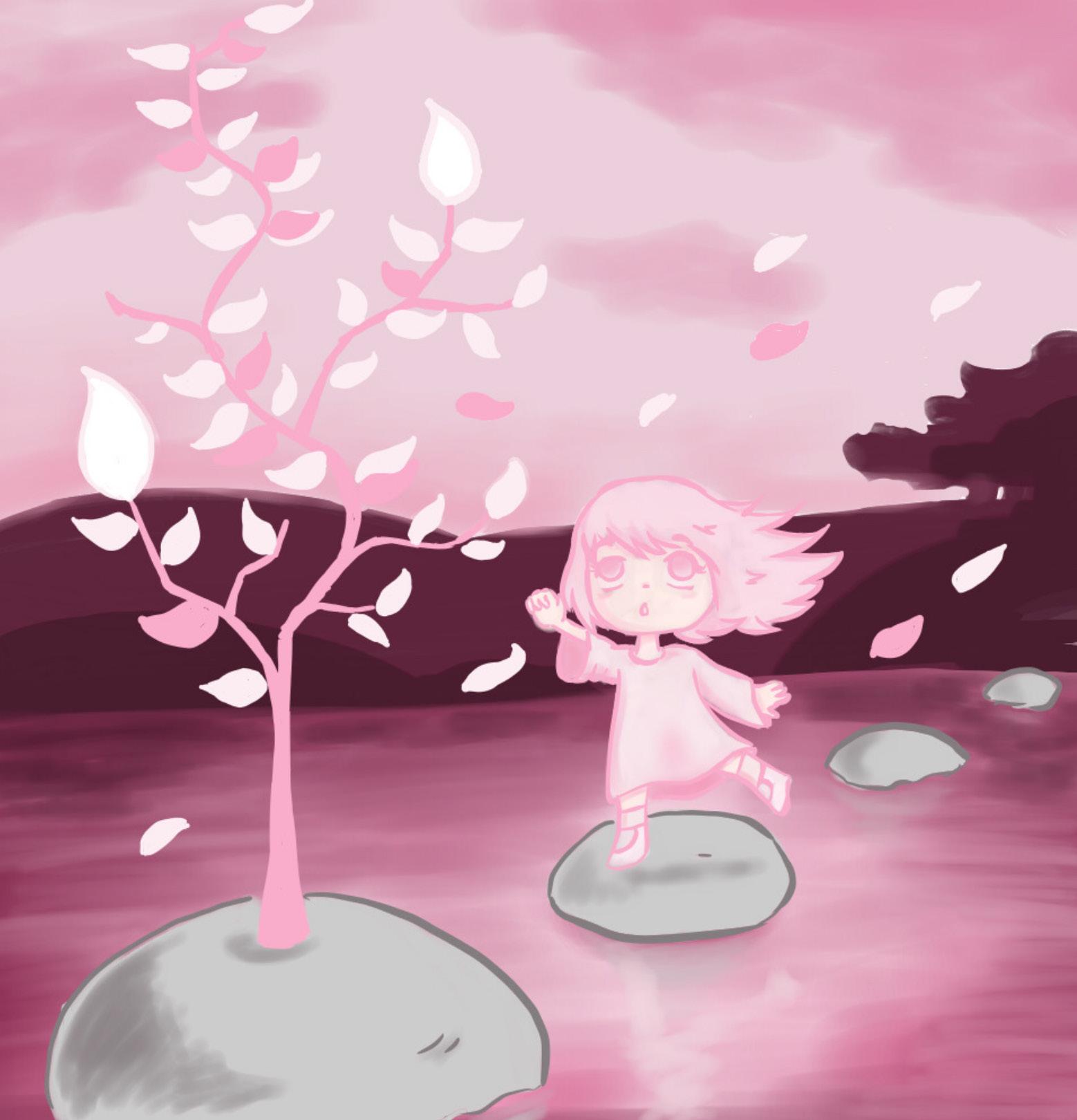
2 minute read
Sherry Wu, In Response to Channel #8
from AIRPORT ROAD 12
In Response to Channel #8 (2014) by Simryn Gill
Sherry Wu
Advertisement
Ambiguity is what I like about black and white photographs. Because there is no color, there is a lot more room for imagination. Shadow, gradience, texture take over the absence of color. Even in the absence of color, I can tell the textural difference of the manmade and the natural. It’s tricky because when manmade materials are so intertwined with and entangled in nature, they become normalized and there is nothing jarring about industrial waste growing on trees or trapped in bushes. Yet, even in black and white photos, I can easily distinguish strings of plastic from wood branches. It’s more than the textural difference - the two materials have different heartbeats. Different personalities. Different life stories.
Plastic is invasive. It’s how that vicious ex treats you - uses you up and tosses you around. It’s disposable. It’s colorful yet transparent, a camouflage for a fragile self. It’s clingy - see how it’s attached to the twigs and the trunks. It’s shredded. Torn. Shattered. It’s an ambitious dream of achieving mass production with little cost. It’s an adjective. For girls. A not so flattering expression.
Wood is therapeutic. It’s inflammable. When it’s on fire, it’s thriving while it’s dying. A tree is itself many things - leaves, water, roots, microorganisms. And even when it becomes wood it carries every bit of the self with it. It’s always giving more than it’s taking. It’s one of the five elements (Wuxing) in Chinese philosophy: wood, fire, earth, metal and water. It’s a balance in itself and in nature.
Plastic and wood don’t belong together. They are fundamentally two entities. So when they’re simultaneously the spotlight of a photograph, they may be physically merging, but they’re drifting apart in every other sense. The two materials are attached yet detached. It’s not so pleasant to look at them so deeply involved with one another. It’s rather smothering.
Plastic in nature is not a result of pure chance. We are the cause and the effect of this situation, captured eternally by photography. We staged this absurd scene that bonds two incompatible materials. It is therefore not a still image that we’re looking at—it’s a cacophony of resistance. And there should be nothing common about such imagery, so why does it look so familiar? Has it defined a new normality which we’re living in? It won’t be long till everything starts decomposing, and the future is doomed to collapse if this is what we are living with. We are the reason for it. So we ought to be responsible for it.
May the trees breathe and the plastic rest in peace.
Saloon
Kyle Adams
Oil on canvas






